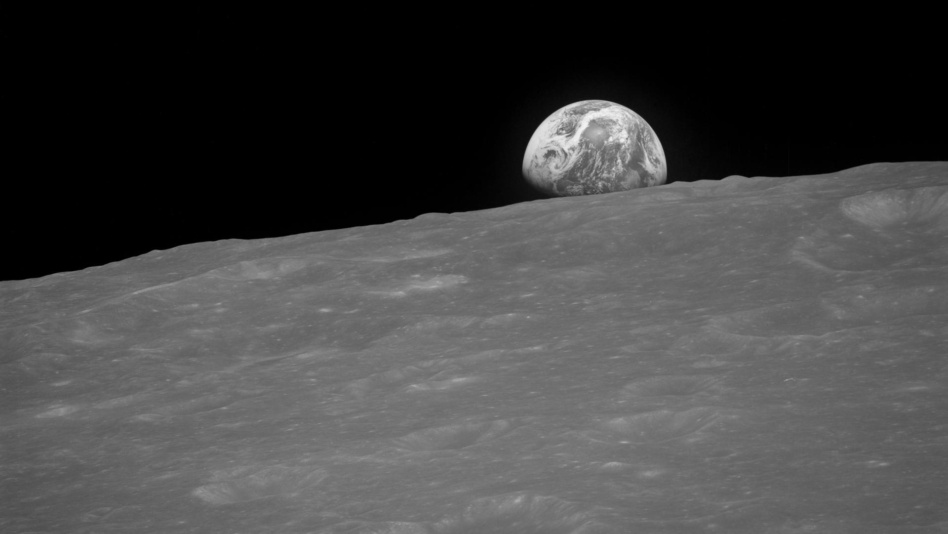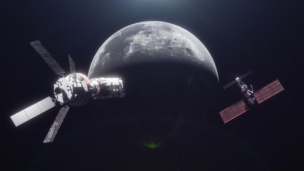Outside experts had one message for lawmakers asking about how to ensure the US will beat China back to the Moon: make decisions faster.
The House Science, Space and Technology Subcommittee on Space held its first hearing of the year on NASA’s mission to return a crew to the Moon, with a long-term goal of reaching Mars. Members on both sides of the aisle made it clear that this space race is all about the standards-setting opportunities, national security protection, and economic possibilities opened by touching down before Beijing.
Decision velocity: Scott Pace, the former head of the National Space Council, and Daniel Dumbacher, the former head of AIAA, both said that NASA must take a page from the commercial sector and learn how to make decisions in weeks—not months or years. Pace recommended that, shortly after being confirmed, the next NASA administrator needs to quickly figure out what is needed to meet the White House’s ambitious space goals.
“I think he could come up with an answer in about 60 days or less,” Pace said, adding that the administrator could then present a plan on what NASA needs for authorization and appropriation bills to stay on target.
Moon first: The two academics also argued for keeping the Moon as a destination on the pathway to Mars, saying that a lunar focus provides a learning opportunity and fulfills a national security imperative. However, the Moon is also a geopolitical tool—adversaries are racing to beat the US to the lunar surface, and allies have their own goals and tech that can support a Moon mission.
“There is not a global competition yet for Mars, so we need to take the right thing at the right time,” Dumbacher said. “The Moon first, then Mars.”
Fallout: Democrats also put President Donald Trump in the crosshairs at the hearing, saying that the NASA workforce is “scared, distracted, and demoralized” by the administration’s “bullying.”
“We don’t know if NASA will have the workforce and skills to advance to the Moon and to Mars after President Trump’s wrecking ball of destructive executive actions,” said Rep. Zoe Lofgren (D-CA).



